Tag archives: quantum computers
High-sticking in the Quantum Valley
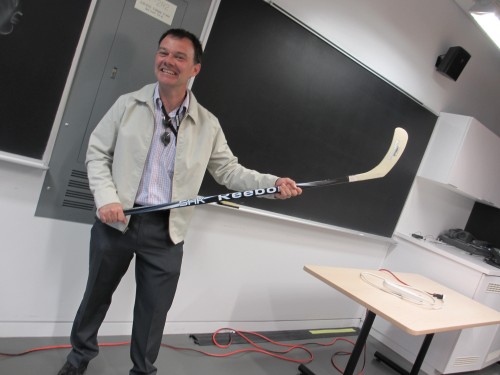
Keep your stick on the ice! How to give a talk at PI.
By Hamish Johnston in Canada’s Quantum Valley
I had a fantastic day today touring Canada’s “Quantum Valley”, which is what people are starting to call the region surrounding the University of Waterloo in Ontario. Waterloo is an hour’s drive west of Toronto and home to the Perimeter Institute for Theoretical Physics (PI) and the Institute for Quantum Computing (IQC). There is also a small but growing cluster of quantum technology start-ups that have spun out of the university.
View all posts by this author | View this author's profile
Condensed-matter cosmology and spin wires
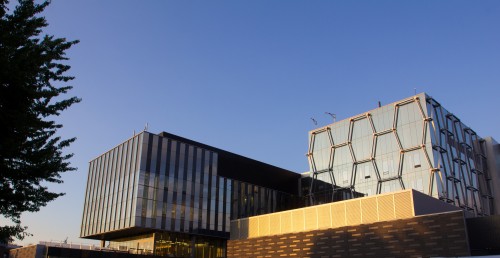
Waterloo, here I come. (Courtesy: IQC)
By Hamish Johnston at the 2013 CAP Congress in Montreal
Yesterday morning I was back at the University of Montreal for more physics at the Canadian Association of Physicists Congress. I started off the morning with a bit of quantum cosmology and quantum gravity with a distinct hint of condensed-matter physics.
View all posts by this author | View this author's profile
Google and NASA acquire a D-Wave quantum computer
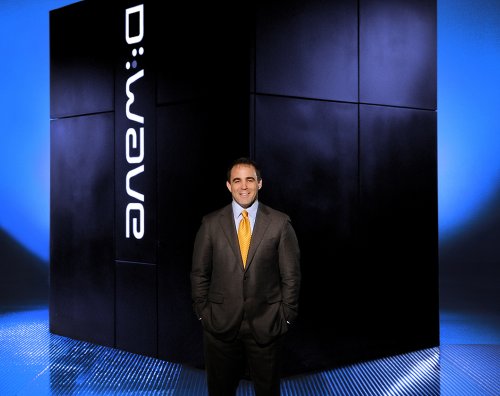
D-Wave’s Geordie Rose with one of the firm’s quantum computers. (Courtesy: D-Wave)
By Hamish Johnston
Canada’s D-Wave Systems is installing one of its quantum computers at NASA’s Ames Research Center in California. The new 512-qubit system – dubbed D-Wave Two – will be used by NASA, Google and the Universities Space Research Association (USRA) to investigate how quantum computers could be used to solve a range of different problems. According to Vancouver-based D-Wave, the computer will be available for use in the third quarter of this year.
View all posts by this author | View this author's profile
When will quantum communications blast off?
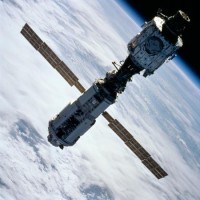
Will quantum communications be sent to the ISS? (Courtesy: NASA)
By Hamish Johnston
I think it’s safe to say that quantum communications between satellites and ground-based stations should be possible. Optical signals have already been sent 144 km through the air between ground stations at sea level. More recently, quantum communications have been achieved between an aircraft in flight and a ground station 20 km distant.
While quantum communications have been sent comparable distances via optical fibre, it’s unlikely that the fragile single photons used in such missives would survive an ocean crossing unscathed. Therefore if technologies such as quantum key distribution cryptography are to become truly practical, satellites must be involved.
Listen to our latest podcast about quantum computing
By Hamish Johnston
One of the most enjoyable parts of my job is speaking to physicists about their research. A while ago I had the pleasure of talking to five physicists who are passionate about quantum computing. Four are academics: John Martinis of the University of California, Santa Barbara; Raymond Laflamme of the University of Waterloo in Canada; John Preskill of the California Institute of Technology; and Charles Marcus of the Niels Bohr Institute in Denmark. The fifth physicist is Geordie Rose, who is the co-founder of a company that says it has built a quantum computer.
View all posts by this author | View this author's profile
A new way to store single photons
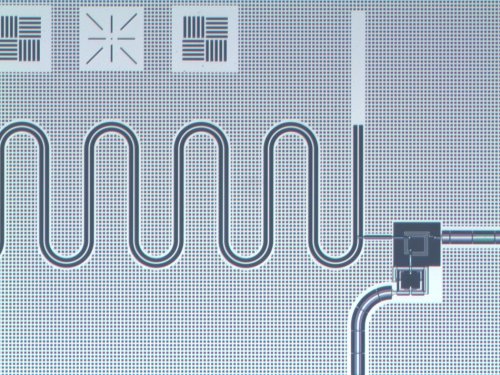
Schematic diagram of part of the superconducting chip used by Martinis and colleagues. (Courtesy: UCSB)
By Hamish Johnston
A month ago I wrote about a way of storing a handful of photons in an atomic gas, where the interactions between them can be controlled – a result that could benefit physicists trying to build quantum computers.
View all posts by this author | View this author's profile
Super single-photon source
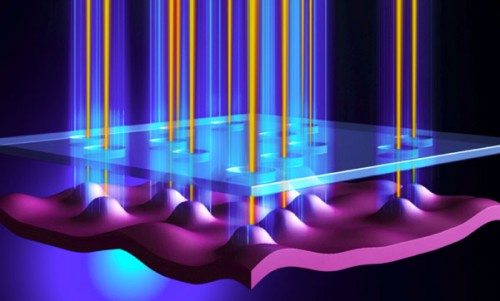
Artist’s impression of the single-photon source in action. (Courtesy: C Lu)
By Hamish Johnston
One requirement for many quantum-computing schemes is a device that can deliver a succession of single particles such as photons on demand. This has proven to be a challenge because in the quantum world probability reigns, so you can never be certain what will pop out of your device. Another challenging requirement is that these particles must be indistinguishable from each other.
View all posts by this author | View this author's profile